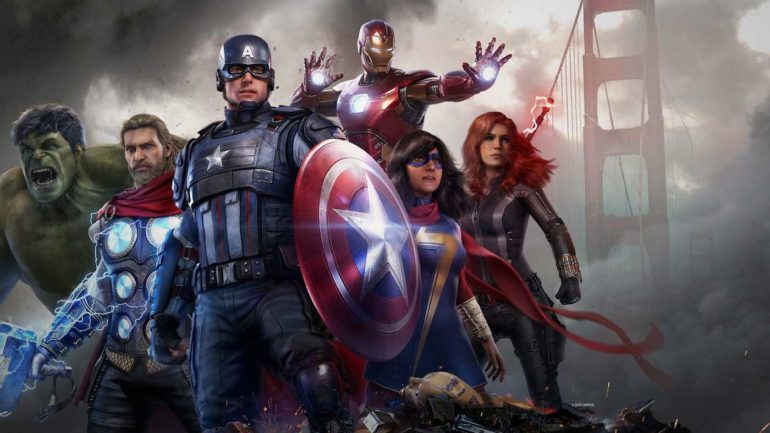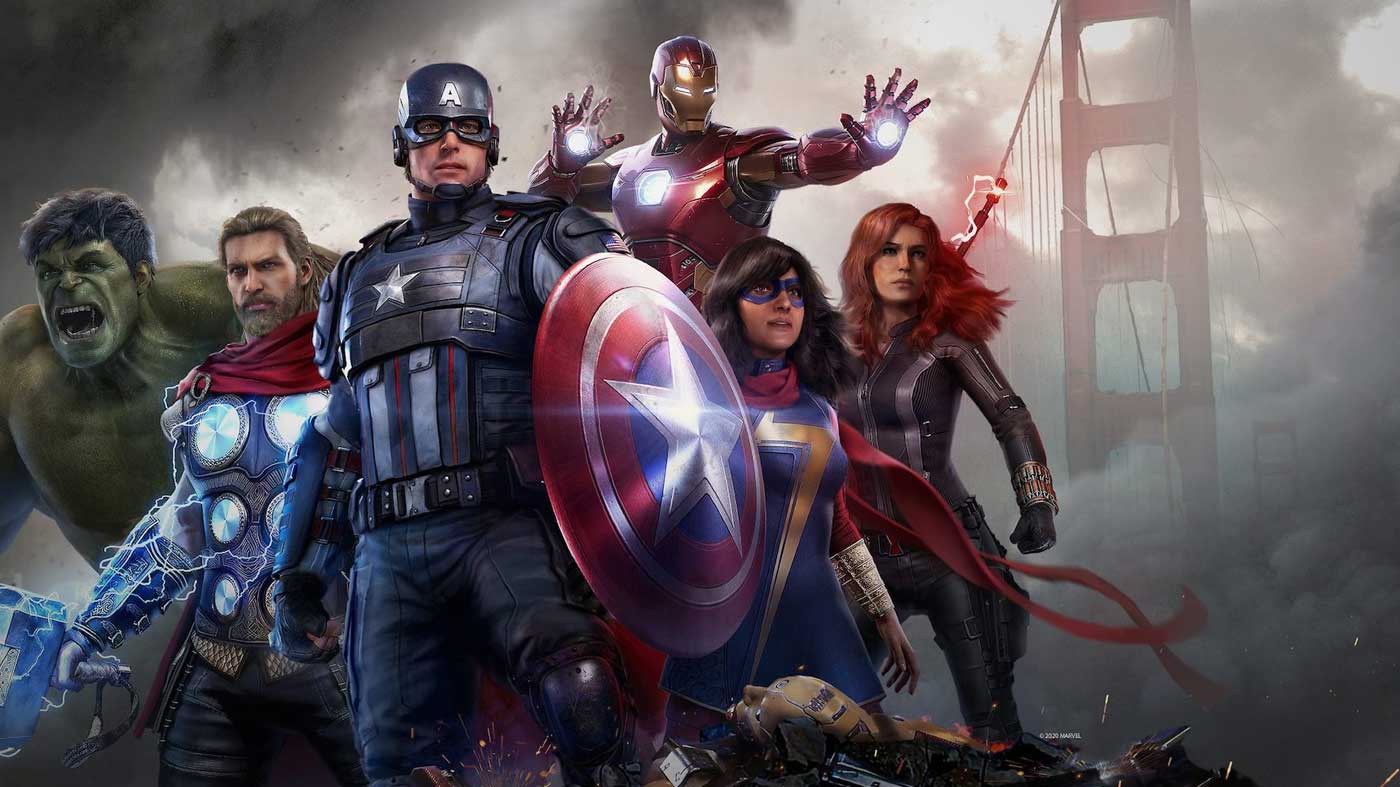Press Start may receive a commission when you buy from links on our site at no extra cost to you.
Marvel’s Avengers is the very definition of a mixed bag. For every positive in which the game shines – whether that’s through the excellent narrative, the great combat or the fantastic score – it finds ways to bog itself down. The world Crystal Dynamics has created is filled with things to do and see, yet fails to ever fully grow out of being a monotonous grind after the campaign credits roll.
It’s not all bad, though, as the moment to moment gameplay is exceptional. And with more content promised post-launch I could see myself spending hundreds of hours within this universe, levelling up my characters and having a blast with mates. However, the grind to get better gear has become a real struggle. And while I’m used to the tedium that accompanies these kinds of games, mission variety is lacking big time.
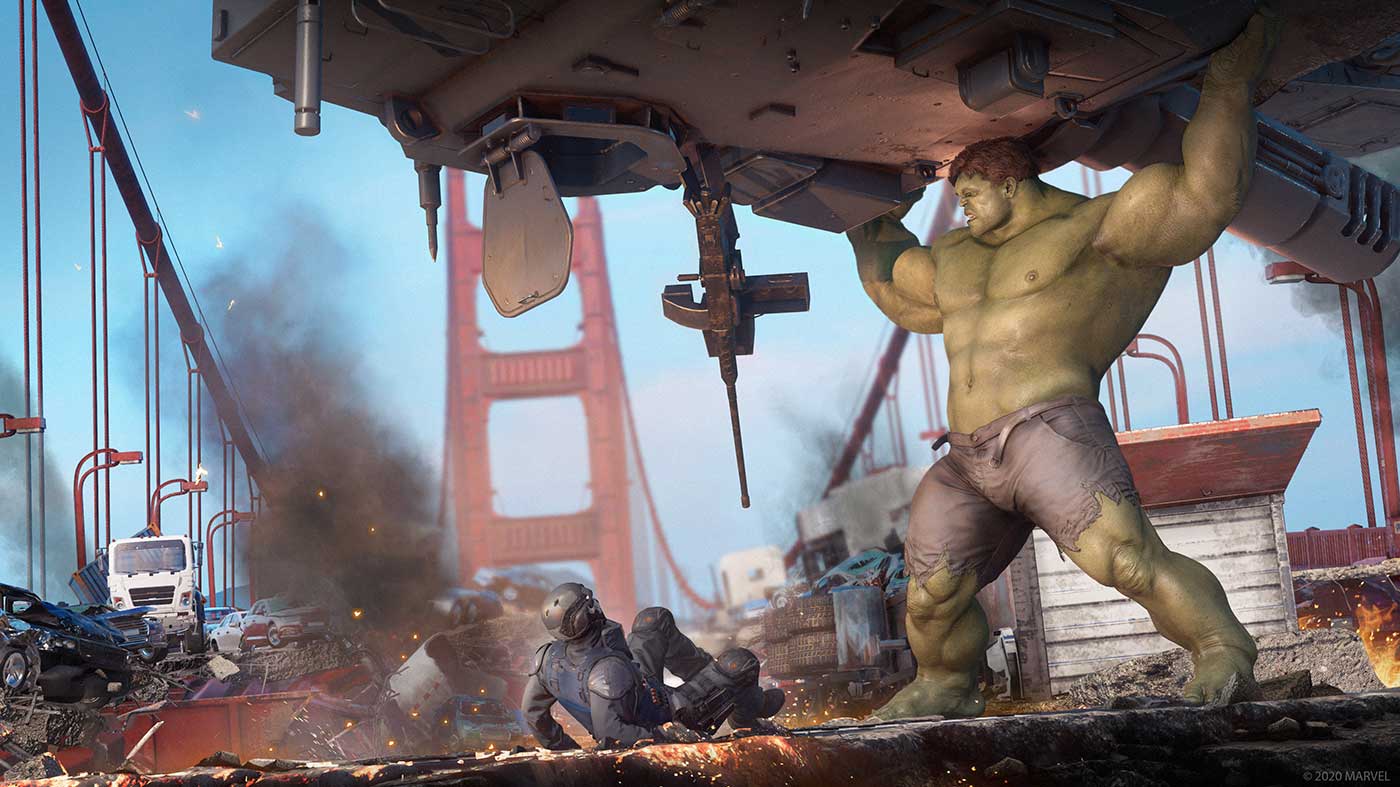
This is mostly a non-issue in the Avengers campaign. Aptly titled Reassemble, the single-player focussed storyline follows a broken Avengers crew five years after AIM, an insidious scientific organisation, successfully pioneers a plan to paint the team as the cause behind a major catastrophe in San Francisco. Taking the rein as Kamala Khan, otherwise known as Ms. Marvel, you experience these events first-hand.
Reassemble has all the hallmarks of a classic Crystal Dynamics story. It’s filled with great character building and excellent performances from the cast, while managing to throw in a couple of escape sequences Tomb Raider fans will recognise quite well. Modok and his AIM crew play well into this original take on the Avengers, and I really enjoyed my 13 or so hours with it — it’s a story that feels like it nails the Marvel MCU vibe in the best kind of way without ever overstaying its welcome.
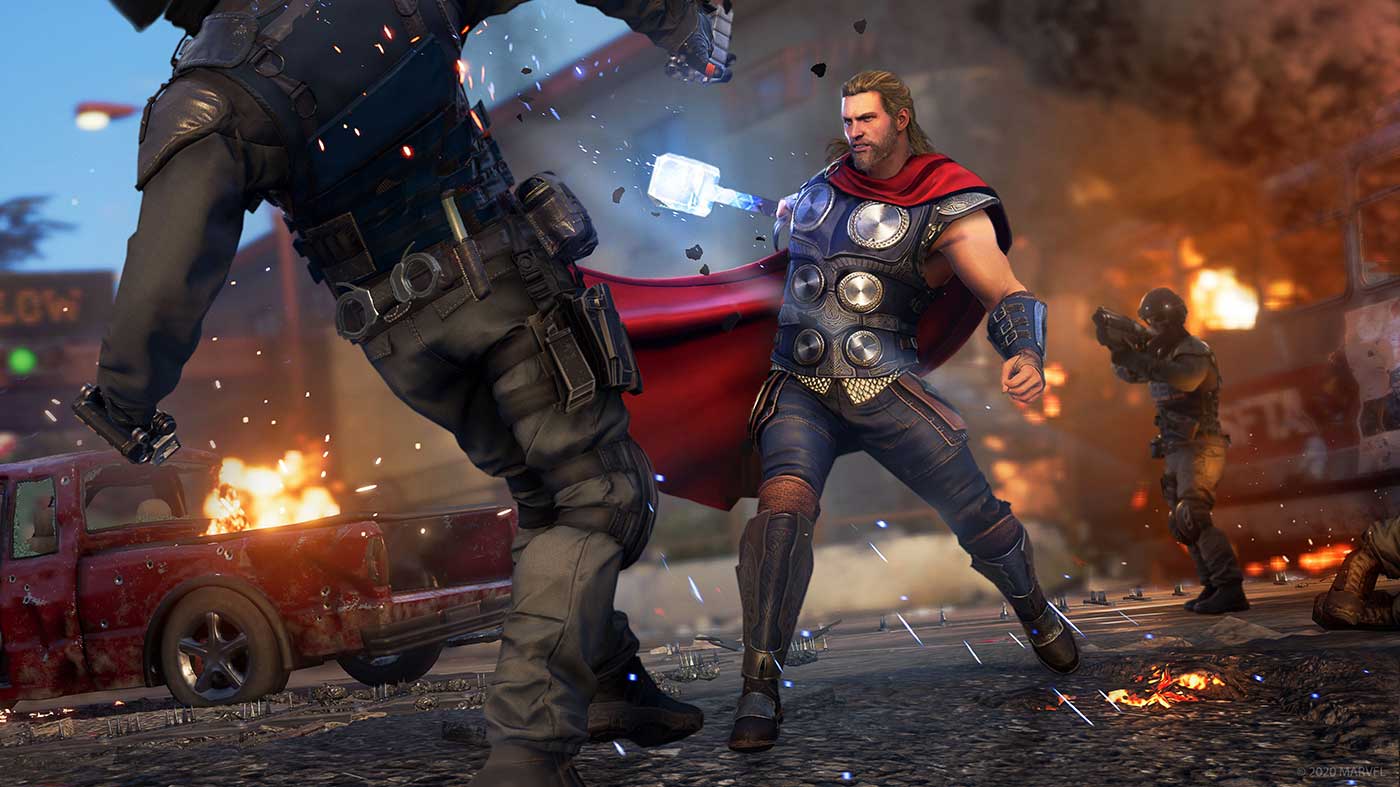
Throughout the campaign you’ll also play as each Avenger, levelling them up, earning new gear to equip and pouring points into their various skill trees. Currently you can’t re-spec characters, so being decisive about particular playstyles for each character is a bit more important than other GaaS games at the moment.
As well as this, power level plays a major role in overall progression. Gear is assigned a level which will tie into a character’s overall power level, which determines stats like melee and ranged damage. Another thing to take note of, but one that I found mostly manageable.
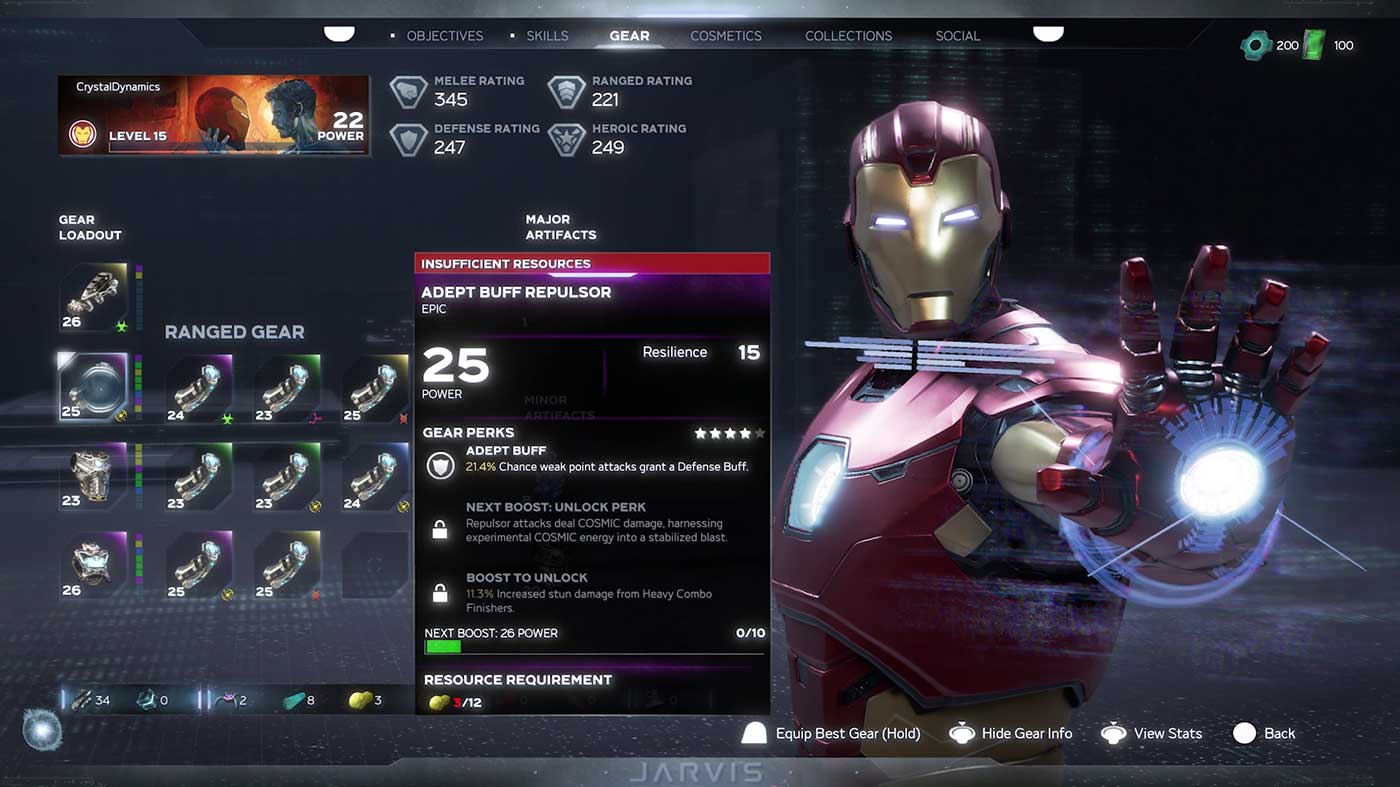
What I didn’t find too manageable, however, was dealing with all of the random gear that was thrown my way constantly. As slots are finite for extra gear, I found myself spending more time in the menus analysing what suits my characters more than I’d have liked. There’s a reason Crystal Dynamics have included an ‘equip best gear’ button in this section as it takes away the annoyance of micromanaging everything, but also surely acknowledges the meaninglessness of this overly tedious system.
Equipping different sets of gear won’t actually affect your appearance, either. Instead, this is tied to skins. Skins, of course, are earned through a rather large amount of grinding through the hero-specific challenge cards (effectively battle passes) or by purchasing them with real-world money. Yikes.
Rolling credits on the single-player campaign was designed to be the beginning of a bigger adventure in Marvel’s Avengers, yet this is where the game comes a grinding halt. I couldn’t help but feel like I was about to take a step into tedious territory, and I was right.
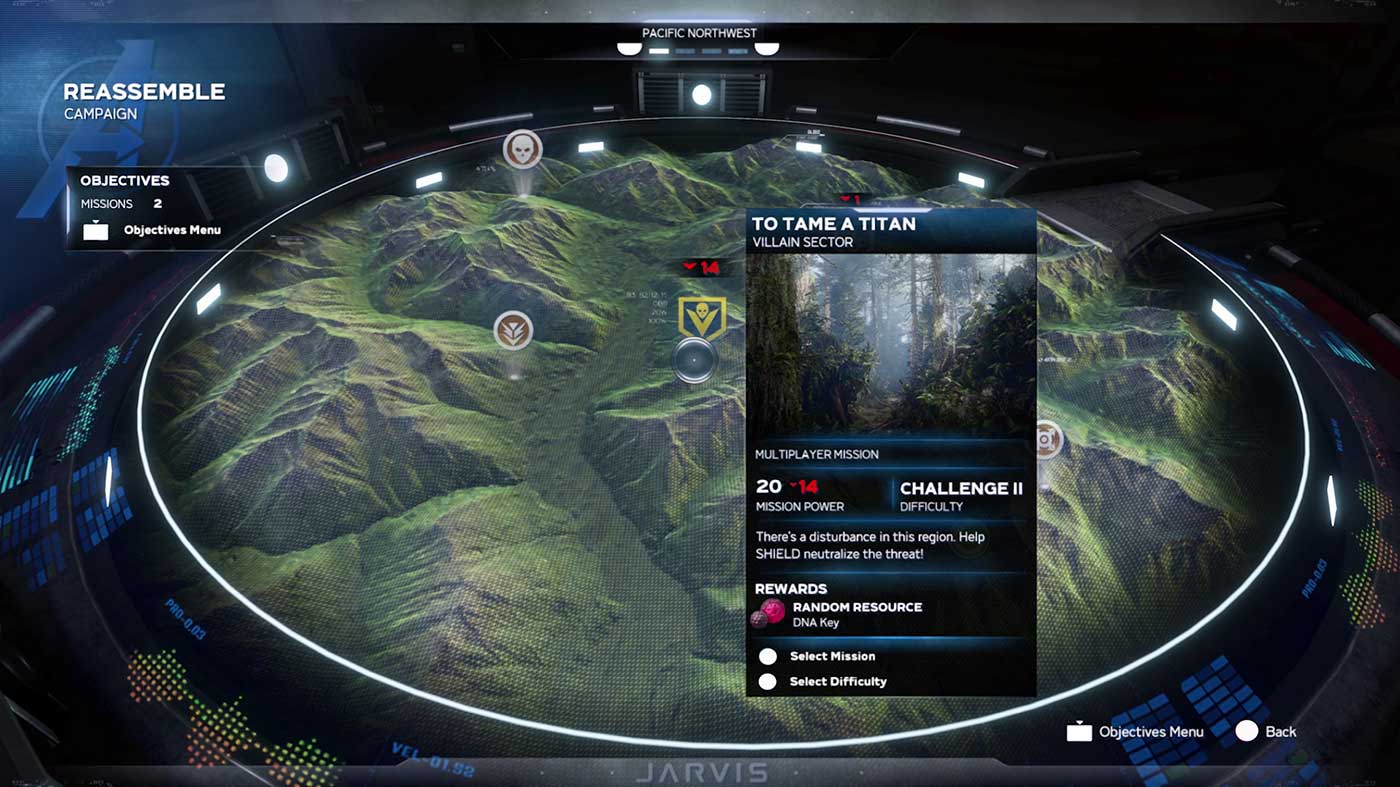
Right from the offset, the game’s multiplayer component is, without a doubt, a significantly weaker piece of the puzzle than its brilliant single-player campaign. Dubbed Avengers Initiative, you’ll quickly find yourself exploring zones to tick off monotonous tasks given by quest givers while taking on larger enemies to earn better loot. It quickly wears out its welcome, and before long I felt like I was hitting my head against a brick wall doing the same kind of thing repeatedly for small improvements in a character’s overall damage or look. It didn’t take long for me to fully lose interest.
Given Crystal Dynamics and Square Enix are banking on having this game as one of the big GaaS titles for the next ten or so years, they have some serious work to do to make it an enjoyable romp to come back to. It feels like the game’s facing a similar issue to the original Destiny – there’s a couple of fairly pretty places to explore and a good chunk of things to do within, yet after a little while it all feels too samey to want to continue on.
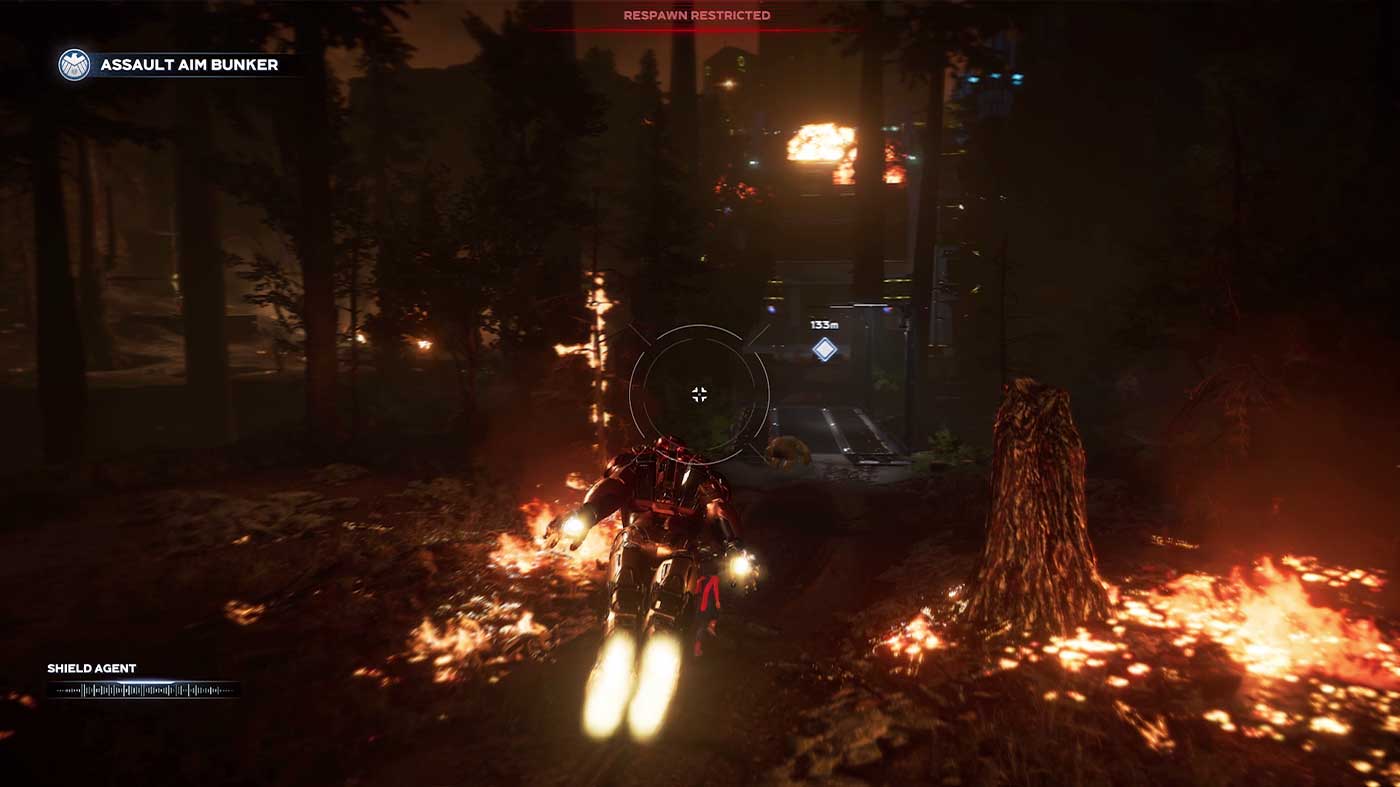
Mission types all fall under the War Zone umbrella, whether that’s running through a combat-focused Hive mission or dropping into a more character-focused Iconic mission. The latter were more interesting by focusing on more narrative-based content for each Avenger, though the former was by far the most enjoyable thanks to how fun the combat is.
Besides the campaign, combat is where Marvel’s Avengers excels. It’s more of a brawler than anything else, with an alarmingly deep set of combat systems at play. Each Avenger feels noticeably different to play, and nailing the balance between light and heavy attacks – while also alternating in some ranged attacks – feels great to pull off. Each character has their own separate skill tree, gear and leveling systems, giving some replay value if you can get your head around the monotony of general mission structure.
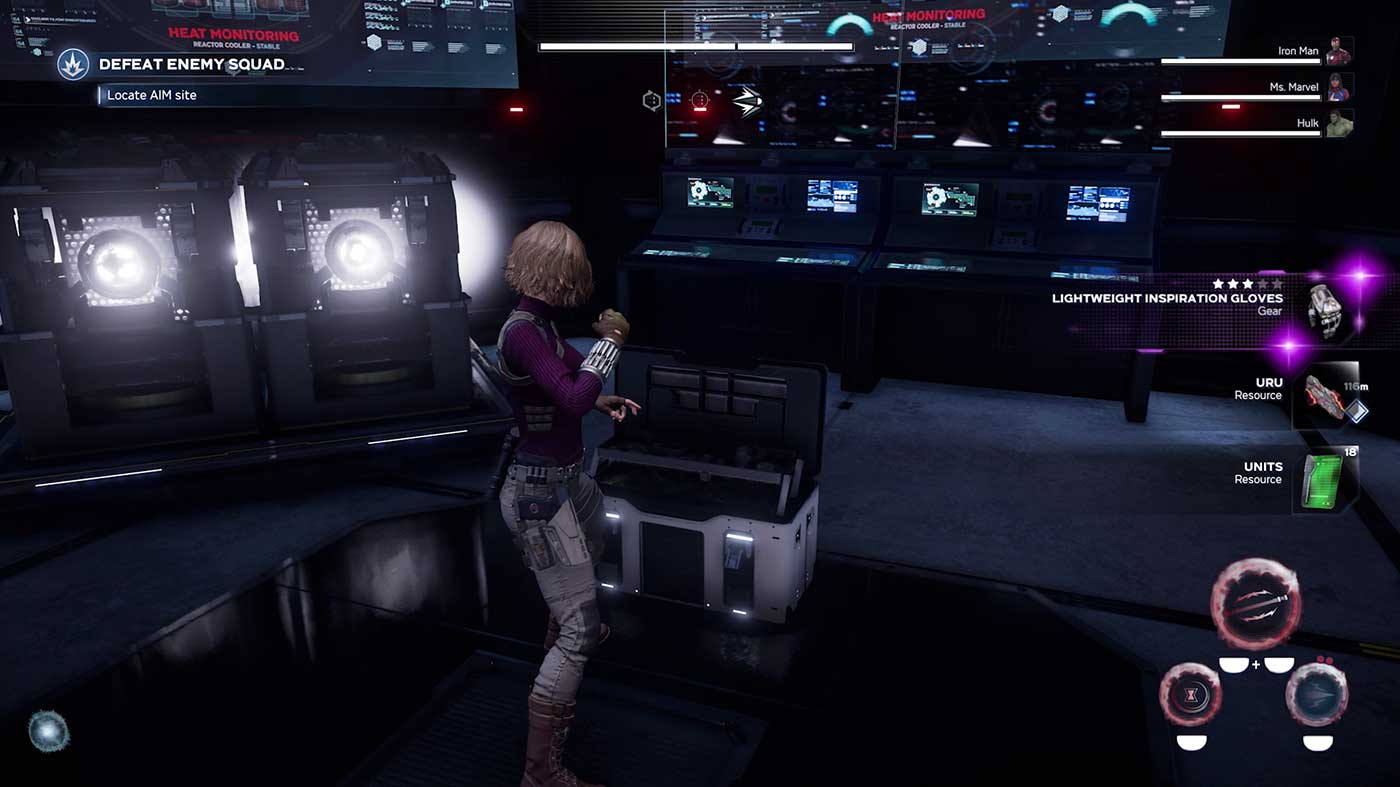
That’s the thing, though. After an excellent campaign, Marvel’s Avengers tends to fall apart. You get a great sense of scale and scope to it all, which compliments the excellent story and gameplay, then after the credits roll it all becomes a grind to fulfil Avenger levels and earn new skins. While some War Zone missions are fun — especially when you have friends joining in on the action — it’s hard to look past the lost potential.
Marvel’s Avengers will no doubt live and die by its community, and there’s some real work afoot for Crystal Dynamics to keep players coming back after initial launch hype subsides. I’m hopeful we can see more content like what I experienced in the game’s campaign, but only time will tell. For now, the game is a tale of two tapes – for better or for worse.


